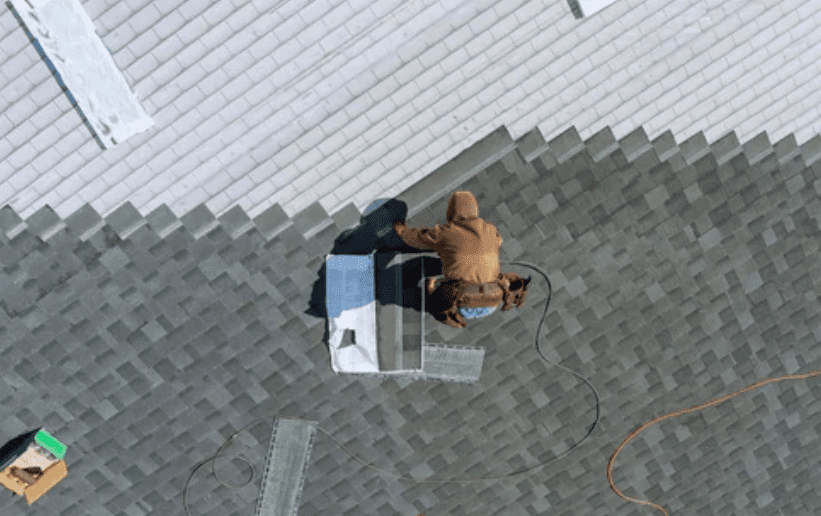
In the realm of roofing projects, the use of roof jacks stands as a pivotal technique for ensuring both safety and efficiency. Find all about the intricate details of employing roof jacks, illuminating the step-by-step process, safety precautions, and the benefits they bring to your roofing projects.
What are roof jacks, and what are they used for?
Roof jacks are devices used to support planks or boards on a sloped roof, creating a level platform for workers to stand on. Roof jacks include a metal bracket nailed to the top sheathing and a hook holding a wooden plank. Roof jacks are essential for roof repair or installation projects, as they provide safety and stability for the workers. Roof jacks should be installed following the manufacturer’s instructions and removed carefully when the job is done.
Step-by-Step Guide to Using Roof Jacks
Preparation and Safety Measures in Roofing
Before starting any roofing project, meticulous preparation and safety precautions are paramount. Use the following steps to ensure a smooth and secure process:
- Assess the Roof: Examine the roof’s pitch and materials to determine the type of roof jacks required.
- Gather Equipment: Collect all necessary tools, including roof jacks, planks, nails, hammers, safety harnesses, and personal protective equipment (PPE).
- Weather Check: Ensure optimal weather conditions for safe working. Avoid windy or rainy days that could compromise stability.
- Secure Ladders: Place ladders on stable ground, ensuring proper stability and angle.
- Use Safety Gear: Wear safety harnesses, helmets, and non-slip footwear to prevent accidents.
Installation of Roof Jacks
- Positioning: Securely attach the roof jacks to the roof’s edge, ensuring they are evenly spaced for stability.
- Plank Placement: Place sturdy planks horizontally across the roof jacks, creating a secure working platform. Ensure the planks are level and tightly secured.
- Testing Stability: Before proceeding, test the platform’s stability by applying weight and ensuring it can support the load.
- Advantages of Using Roof Jacks
The implementation of roof jacks offers numerous benefits, making them an indispensable asset for any roofing project:
- Enhanced Safety: Roof jacks provide a stable platform, minimizing the risk of accidents and falls during roofing tasks.
- Efficiency: Workers can efficiently navigate the roof, access different areas, and perform tasks precisely.
- Protection of Roofing Materials: The proper weight distribution on the roof jacks prevents damage to roofing materials.
- Even Work Surface: Roof jacks ensure a level working surface, facilitating the installation of shingles, repairs, and maintenance.
- Diagram: Roof Jack Installation

Conclusion
Mastering the art of roof jack installation and essential roofing safety precautions is paramount to ensuring both safety and efficiency in your roofing projects. Our comprehensive guide empowers you to confidently create a secure and steady work platform on sloped roofs using roof jacks.
By embracing these efficient roofing techniques, which encompass proper flashing and plumbing considerations, you not only enhance the well-being of your team but also streamline the roofing process itself.
As you embark on your roofing ventures, remember that adept roof jack installation, supported by our guide, stands as a cornerstone for achieving exceptional outcomes. This involves the meticulous use of copper, a highly effective piece of metal, for roof flashing to guarantee durability and protection.






















